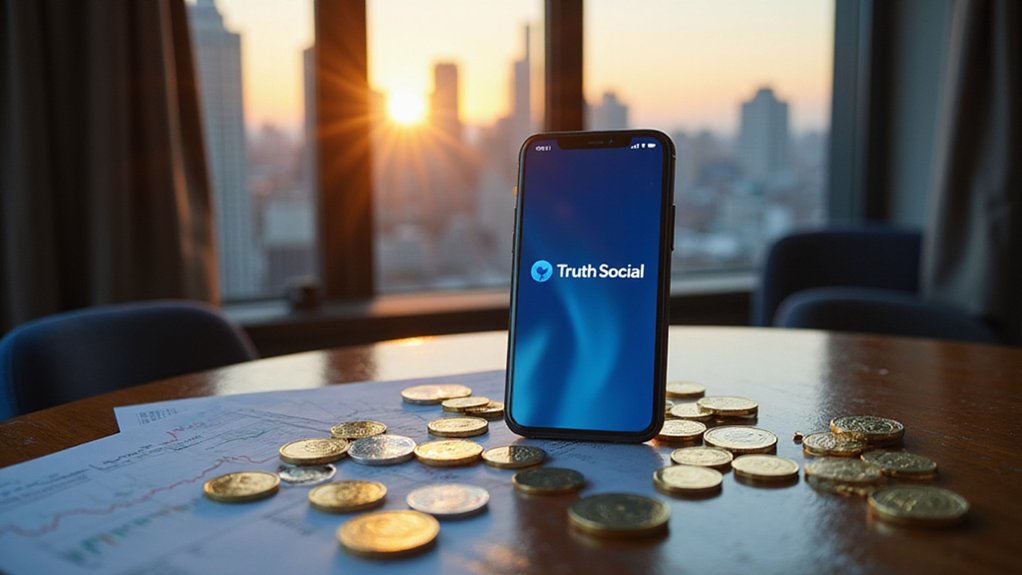While most corporate Bitcoin adoptions have been met with equal parts fanfare and skepticism, Block Inc.’s entrance into the S&P 500—complete with its $1 billion Bitcoin treasury in tow—represents something of a watershed moment for cryptocurrency’s integration into mainstream finance.
The company formerly known as Square officially joined the benchmark index on July 23, 2025, replacing Hess Corporation following its acquisition by Chevron. This shift from energy to fintech (with crypto seasoning) exemplifies the index’s evolution toward digital finance—though whether this constitutes progress or merely reflects speculative zeitgeist remains debatable.
Block’s 8,584 Bitcoin holdings position it as the 13th-largest corporate Bitcoin holder, joining Tesla (11,509 BTC) and Coinbase (9,267 BTC) as the third S&P 500 constituent with significant cryptocurrency exposure. Together, these companies contribute approximately 0.09% to Bitcoin-exposed weighting within the index—a seemingly modest figure that nonetheless grants millions of passive investors indirect cryptocurrency exposure through their retirement accounts.
Block’s substantial Bitcoin treasury quietly exposes millions of passive S&P 500 investors to cryptocurrency volatility through their retirement portfolios.
The market’s response proved predictably exuberant: Block shares surged over 9% immediately following inclusion, demonstrating the enduring power of the “index effect.” This phenomenon, whereby stocks experience artificial demand from index-tracking funds, historically generated median excess returns of 8% during the late 1990s, though recent research suggests such premiums have largely evaporated in modern markets. Block becomes only the second blockchain company to secure S&P 500 inclusion, following Coinbase Global’s earlier admission to the prestigious index.
McKinsey analysis indicates any price benefits typically dissipate within months post-inclusion—a sobering reality for those viewing S&P 500 admission as a permanent valuation catalyst. Indeed, despite the recent surge, Block remains 13% lower year-to-date, reflecting broader fintech sector pressures that even prestigious index membership cannot entirely overcome.
Block’s qualification required meeting stringent criteria: market capitalization exceeding $18 billion, public float above 10%, and positive recent earnings. Its diversified business model—encompassing Square payments, Cash App, and Afterpay—provided the fundamental stability necessary for inclusion, even as its Bitcoin treasury added an undeniable speculative element. The company’s broader ecosystem includes multiple brands such as TIDAL for artist empowerment, Bitkey for bitcoin self-custody, and Proto for bitcoin mining services.
The broader implications extend beyond Block itself. The S&P 500’s $50 trillion market capitalization now carries meaningful cryptocurrency exposure, marking institutional acceptance of Bitcoin as a legitimate treasury asset—whether prudent or merely fashionable remains to be determined. This corporate embrace mirrors the institutional confidence surge demonstrated by BlackRock’s Bitcoin ETF, which recorded unprecedented inflows over 19 consecutive days in 2025.








